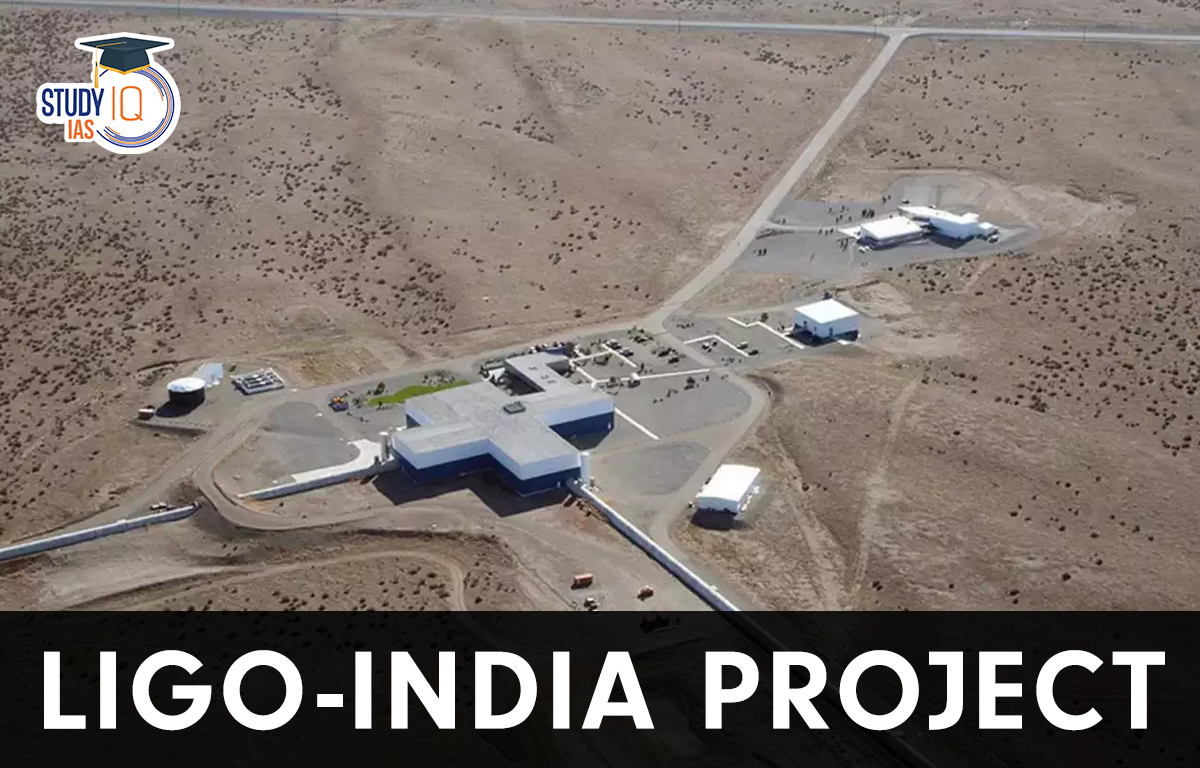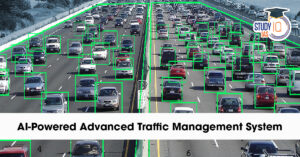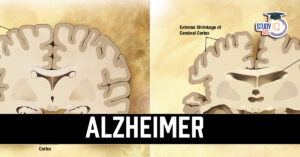Table of Contents
The LIGO India Project
- The LIGO-India project will be set up in the Hingoli district of Maharashtra and will start scientific runs in 2030.
- The detector will be built as part of LIGO-India collaboration. This project will be a collaboration between Ligo-USA, India, Germany, Australia and the U.K.
- Lead institutes: Institute of Plasma Research (IPR), Gandhinagar, Inter-University Centre for Astronomy and Astrophysics (IUCAA), Pune, Raja Ramanna Centre for Advanced Technology (RRCAT), Indore.
- Funding: The project will be funded by the Department of Atomic Energy and Science and Technology, Government of India.
What is LIGO?
- LIGO is an international network of laboratories that aim to detect ripples in spacetime (gravitational waves) produced by the movement of large celestial objects like stars and planets.
- Spacetime encapsulates the current understanding of how gravitation works. It was first postulated in Albert Einstein’s General Theory of Relativity.
- The strongest waves that LIGO was expected to detect were predicted to come from some of the most energetic events in the cosmos. The first detection in 2015, almost a century after their prediction, came from a merger of two black holes 1.3 billion light years away. This first discovery was awarded the Nobel Prize in Physics in 2017.
Working of LIGO
- LIGO facility comprises two 4-km-long vacuum chambers, built perpendicular to each other. Highly reflective mirrors are kept at the end of the vacuum chambers.
- Light rays are released simultaneously in both vacuum chambers. They hit the mirrors, get reflected, and are captured back.
- Under normal circumstances, the light rays in both chambers would return simultaneously. But when a gravitational wave arrives, one of the chambers gets a little elongated, while the other one gets squished a bit.
- Due to this effect, light rays do not return simultaneously, and there is a phase difference. The presence of a phase difference marks the detection of a gravitational wave.
Need for Multiple LIGO detectors
- The instruments LIGO facilities are so sensitive that they can easily get influenced by events like earthquakes, landslides, or even the movement of vehicles, to produce a false reading. Multiple observatories will revalidate the signals.
- Since the chances of two observatories, located in different geographies, producing the exact same false reading are very low, it will help in improving the quality and accuracy of information.
Significance of LIGO-India Project
- The project has the potential to transform India into a global site of gravitational physics research, aiding training and the handling of precision technologies and sophisticated control systems.
- The detector at Hingoli will scan the sky for significant gravitational events, involving black holes and neutron stars, and vibrations from the beginning of the universe. It will further add to the capabilities of the worldwide network.
- Once the LIGO-India detector comes online, it will stimulate more discoveries from existing optical and radio telescopes by pointing them accurately minutes before the fireworks begin.
- Being separated geographically from the US detectors, the LIGO-India detector will enable discoveries by looking for signals in blind spots in the existing network.
- It will significantly advance the capacity to detect new astrophysical and cosmological phenomena.
- The project can cement India’s reputation for successfully running an experimental Big Science project in the world.
- During the construction phase, much cutting-edge fabrication will be done in India like Large, ultra-high vacuum equipment, stable lasers, atomically flat mirrors, quantum sensing, and advanced control systems.
- These efforts will improve precision engineering capabilities, expand modern industrial capability in India, and create high-tech opportunities for new entrepreneurs and established firms.
- For Indian undergraduates in physics and allied fields, this is an exceptional opportunity to opt for post-graduate research in gravitational wave physics.
Evolution of the Concept of Gravitational Waves
Newton’s law of gravitation
Newton postulated that the force that makes any object fall to the ground also makes heavenly bodies go around in their orbits.
- This phenomenon occurred because every celestial body exerted an attractive force on every other body in the universe.
- According to the mathematical formulation, the strength of this attractive force was directly proportional to the masses of the two bodies and inversely proportional to the square of the distance between them.
- Drawbacks: The theory could not find the reason for the existence of the attractive force between any two bodies.
- According to Newton’s theory, gravitational force seems to be propagating instantaneously, over any large distance. This was proven wrong by Einstein’s Special Theory of Relativity.
- Special Theory of Relativity had proven that nothing could travel faster than the speed of light. Newton’s gravitational equation failed to factor tin ime.
Einstein’s General Theory of Relativity
In his General Theory of Relativity, Einstein proposed that spacetime (space and time were not independent entities) was not just a passive backdrop to the events happening in the universe.
- Spacetime interacted with matter, was influenced by it and in turn, also influenced events. It was comparable to a heavy object placed on it and curled around it.
- The curvature in spacetime was the reason for smaller bodies in the vicinity feeling the gravitational pull.
- Gravitation is nothing but a curvature in spacetime. Since the spacetime itself is curved around the heavier mass, other nearby objects find themselves revolving around the central mass.
- The heavier the central mass, the steeper and bigger the curvature in spacetime, and the stronger and more extended the gravitational field.
What are Gravitational Waves?
- Gravitational Waves are ripples in spacetime that are produced by moving objects, especially celestial. They can be compared with ripples in water.
- Because these are ripples in spacetime, gravitational waves have the effect of causing a temporary deformation in a body when it comes in contact.
- When a gravitational wave passes the Earth, the Earth is squeezed in one direction, and bulges in the perpendicular direction.
- This deforming effect of gravitational waves is extremely tiny, and hence it could not be experimentally verified for 100 years.
- Experimental detection: The first ever gravitational waves were detected in 2015, by the two US-based LIGO detectors, produced by the merger of two black holes.


 Most Commonly Used Cancer Drugs and Thei...
Most Commonly Used Cancer Drugs and Thei...
 India Launched AI-Powered Traffic Manage...
India Launched AI-Powered Traffic Manage...
 Alzheimer Disease: Characteristics, Caus...
Alzheimer Disease: Characteristics, Caus...





















